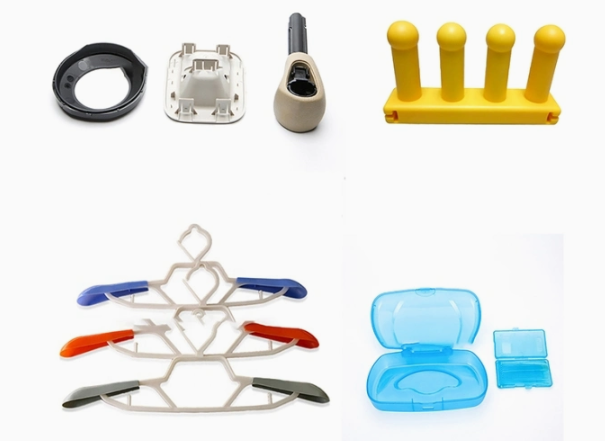
Understanding PPE Injection Molding
PPE injection molding is a manufacturing process where polyphenylene ether (PPE) plastic is melted and injected into molds to produce high-precision components. It is widely used in industries such as automotive, electronics, and medical devices because of its excellent thermal stability, dimensional accuracy, and chemical resistance.
Cost Reduction Benefits
Reduced Material Waste – Injection molding allows precise control over the amount of PPE used, minimizing waste and lowering material costs.
Lower Labor Costs – Automation in PPE injection molding reduces manual labor requirements, which decreases production expenses.
Fewer Defects – High-quality molds and consistent processing reduce errors and rework, saving both time and money.
Efficiency Improvement Advantages
High Production Speed – PPE injection molding can produce large quantities of parts quickly compared to traditional manufacturing methods.
Consistency and Precision – Each part produced has uniform quality, which reduces assembly issues and downstream inefficiencies.
Design Flexibility – Complex geometries can be manufactured in one step, eliminating the need for multiple processes and assembly stages.
Conclusion
Investing in PPE injection molding can help businesses cut material and labor costs while streamlining production processes. By leveraging its speed, precision, and automation, manufacturers can improve overall efficiency without compromising product quality.
 DTG Mould Trade Process |
|
| Quote: | According to sample, drawing and specific requirement. |
|---|---|
| Discussion | Mold material, cavity number, price, runner, payment, etc. |
| S/C Signature | Approval for all the items. |
| Advance | Pay 50% by T/T |
| Product Design Checking | We check the product design. If some position is not perfect, or can not be done on the mould, we will send customer the report. |
| Mold Processing | Send report to customer once each week |
| Mold Testing | Send trial samples and try-out report to customer for confirmation |
| Mold Modification | According to customer’s feedback. |
| Balance Settlement | 50% by T/T after the customer approved the trial sample and mould quality. |
| Delivery | Delivery by sea or air. The forwarder can be designated by your side. |
 |
|

